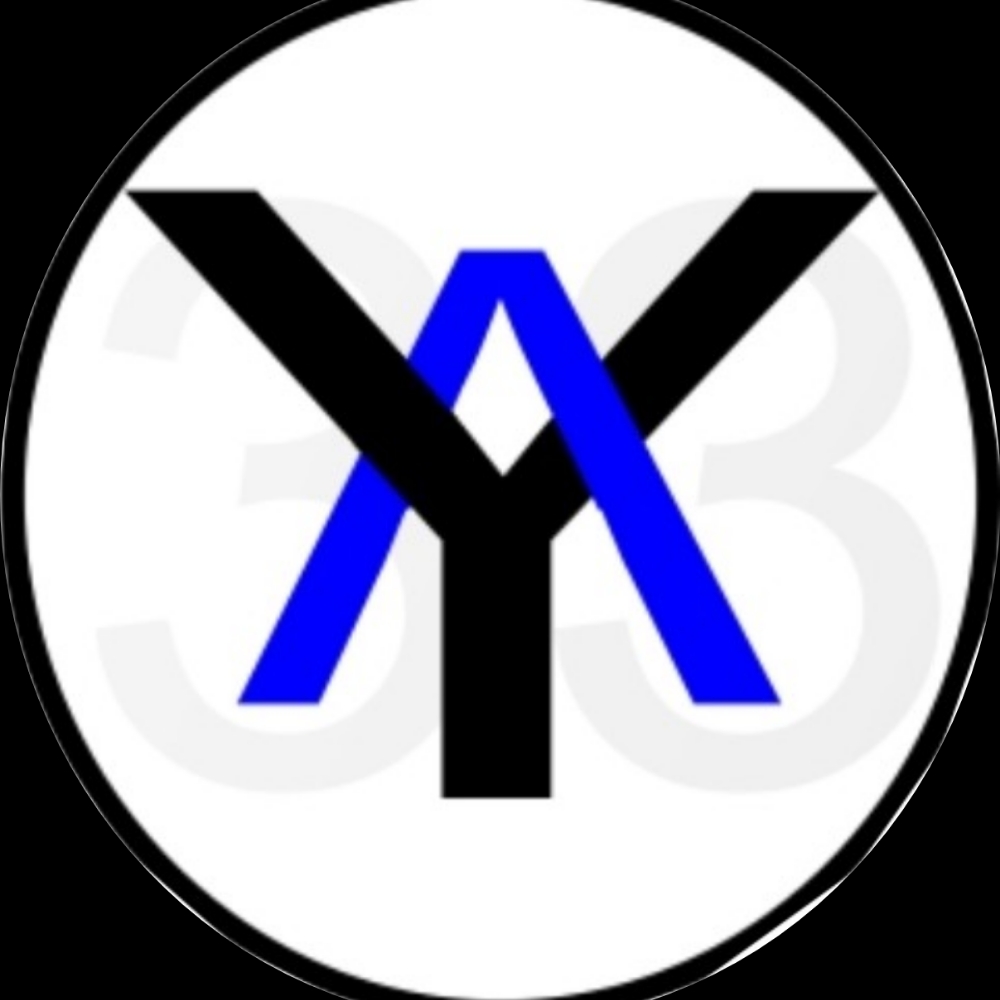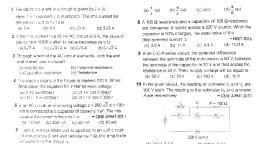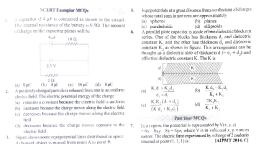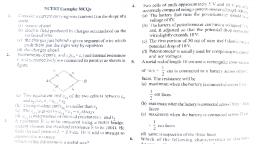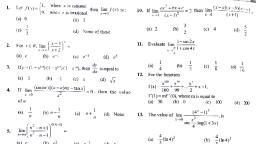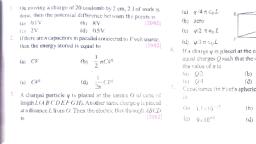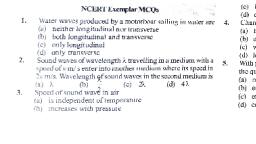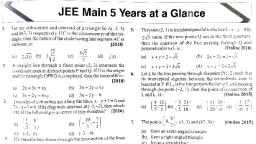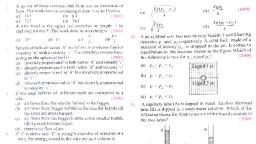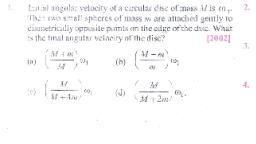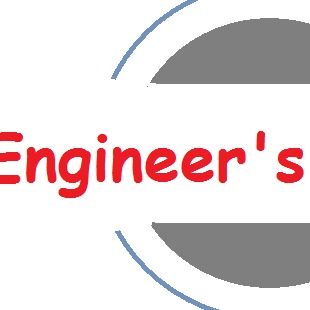Question 1 :
Let H : <img style="vertical-align: middle" alt="Image not present" src="https://storage.googleapis.com/teachmint/question_assets/JEE%20Advanced/5f47666d11a01e5cb9495bf9"> = 1, where a, b > 0 be a hyperbola in the xy-plane whose centre is C, one of the foci is F<sub>1</sub>. Foot of perpendicular from F<sub>1</sub> upon line L : bx – ay = 0 is P. Triangle CF<sub>1</sub>P is isosceles triangle whose area is 8 sq. units. <br>Match List-I with List-II and select the correct answer using the code given below the list.<br><table width="324" height="44" cellspacing="0" cellpadding="0" border="1" align=""><tbody><tr><td width="5%" align="center"><br></td><td width="65%" align="center"><b>List-I<br></b></td><td width="5%" align="center"><b><br></b></td><td width="25%%" align="center"><b>List-II<br></b></td></tr><tr><td width="5%" align="center">(P)<br></td><td width="65%"> The length of transverse axis of H is</td><td width="5%" align="center">(1)<br></td><td width="25%%"> 4<img style="vertical-align: middle" alt="Image not present" src="https://storage.googleapis.com/teachmint/question_assets/JEE%20Advanced/5f47666d277e3d5ccb769425"></td></tr><tr><td width="5%" align="center">(Q)<br></td><td width="65%"> The eccentricity of H is</td><td width="5%" align="center">(2)<br></td><td width="25%%"> 1</td></tr><tr><td width="5%" align="center">(R)<br></td><td width="65%"> The slope of L is</td><td width="5%" align="center">(3)<br></td><td width="25%%"> 4</td></tr><tr><td width="5%" align="center">(S)<br></td><td width="65%"> The distance between directrices of H is</td><td width="5%" align="center">(4)<br></td><td width="25%%"> <img style="vertical-align: middle" alt="Image not present" src="https://storage.googleapis.com/teachmint/question_assets/JEE%20Advanced/5f47666d277e3d5ccb769425"></td></tr><tr><td width="5%" align="center"><br></td><td width="65%"> </td><td width="5%" align="center">(5)<br></td><td width="25%%"> 8</td></tr></tbody></table>
Question 2 :
Let <em>C</em><sub>1</sub> be the circle with centre <em>O</em><sub>1</sub> (0, 0) and radius 1 and <em>C</em><sub>2</sub> be the circle with centre <em>O</em><sub>2</sub>(<em>t</em>, <em>t</em><sup>2</sup>+1)(<em>t</em> ∈ <em>R</em>) and radius 2 <strong>Statement 1:</strong> Circles <em>C</em><sub>1</sub> and <em>C</em><sub>2</sub> always have at least one common tangent for any value of <em>t</em> <strong><br> Statement 2:</strong> For the two circles, <em>O</em><sub>1</sub><em>O</em><sub>2</sub> ≥ |<em>r</em><sub>1</sub> − <em>r</em><sub>2</sub>|, where <em>r</em><sub>1</sub> and <em>r</em><sub>2</sub> are their radii for any value of <em>t</em>
Question 3 :
<strong>Statement 1:</strong> The least and greatest distance of the point <em>P</em>(10, 7) from the circle <em>x</em><sup>2</sup> + <em>y</em><sup>2</sup> − 4<em>x</em> − 2<em>y</em> − 20 = 0 are 5 and 15 units, respectively <strong><br> Statement 2:</strong> A point (<em>x</em><sub>1</sub>, <em>y</em><sub>1</sub>) lies outside a circle <em>S</em> = <em>x</em><sup>2</sup> + <em>y</em><sup>2</sup> + 2<em>g</em><em>x</em> + 2fy + <em>c</em> = 0, if <em>S</em><sub>1</sub> > 0, where <em>S</em><sub>1</sub> = <em>x</em><sub>1</sub><sup>2</sup> + <em>y</em><sub>1</sub><sup>2</sup> + 2<em>g</em><em>x</em><sub>1</sub> + 2<em>f</em><em>y</em><sub>1</sub> + <em>c</em>
Question 4 :
<strong>Statement 1:</strong> If straight line <em>x</em> = 8 meets the parabola <em>y</em><sup>2</sup> = 8<em>x</em> at <em>P</em> and <em>Q</em>, then PQ substends a right angle at the origin <strong><br> Statement 2:</strong> Double ordinate equal to twice of latus rectum of a parabola subtends a right angle at the vertex
Question 5 :
<strong>Statement 1:</strong> The equation <em>x</em><sup>2</sup> + <em>y</em><sup>2</sup> − 2<em>x</em> − 2ay − 8 = 0 represents, for different values of ‘<em>a</em>’, a system of circles passing through two fixed points lying on the <em>x</em>-axis <strong><br> Statement 2:</strong> <em>S</em> = 0 is a circle and <em>L</em> = 0 is a straight line, then <em>S</em> + λL = 0 represents the family of circles passing through the points of intersection of circle and straight line (where <em>λ</em> is arbitrary parameter)
Question 6 :
The pole of the straight line $x+2y=1$ with respect to the circle $x^2+y^2=5$, is.
Question 7 :
The angle between the lines $3x + y - 7 = 0$ and $x + 2y + 9 = 0$ is
Question 8 :
Two sides of an isosceles triangle are given by the equation $7x-y+ 3 = 0$ and $x +y-3 = 0$. lf its third side passes through the point $(1, -10)$, then its equations are
Question 9 :
The angle between the line x+y=3 and the line joining the points (1,1) and (-3,4) is
Question 10 :
If $A(-2,1),B(2,3)$ and $C(-2,-4)$ are three points, then the angle between $BA$ and $BC$ is:
Question 12 :
If {tex} y ( x ) {/tex} satisfies the differential equation {tex} y ^ { \prime } - y \tan x {/tex} {tex} = 2 x \sec x {/tex} and {tex} y ( 0 ) = 0 , {/tex} then
Question 14 :
The solution of log $\left [ \dfrac{dy}{dx} \right ]=3x+4y$ given that $y(0)=0$
Question 15 :
<div>Differential equation $\dfrac{dy}{dx}=f(x)g(x)$ can be solved by</div><div>separating variable $\dfrac{dy}{g(y)}=f(x)dx$</div><br/>If $\dfrac{dy}{dx}=1+x+y+xy$ and $y(-1)=0$, then $y$ is equal to
Question 16 :
Let {tex} I = \int \frac { e ^ { x } } { e ^ { 4 x } + e ^ { 2 x } + 1 } d x , J = \int \frac { e ^ { - x } } { e ^ { - 4 x } + e ^ { - 2 x } + 1 } d x . {/tex} Then, for an arbitrary constant {tex} C , {/tex} the value of {tex} \mathrm { J } -\mathrm I{/tex} equals
Question 17 :
If {tex} \int _ { \sin x } ^ { 1 } t ^ { 2 } f ( t ) d t = 1 - \sin x , {/tex} then {tex} \mathrm { f } \left( \frac { 1 } { \sqrt { 3 } } \right) {/tex} is
Question 18 :
Let {tex} I = \int \sqrt { \frac { \operatorname { cosec } x - \cot x } { \operatorname { cosec } x + \cot x } } \cdot \frac { \sec x } { \sqrt { 1 + 2 \sec x } } d x {/tex}
Question 19 :
If {tex} I = \int _ { - \pi } ^ { \pi } \frac { d x } { 2 - \sin x } , {/tex} then {tex} I {/tex} is equal to
Question 20 :
{tex} \int \frac { x ^ { 2 } - 1 } { x ^ { 3 } \sqrt { 2 x ^ { 4 } - 2 x ^ { 2 } + 1 } } d x = {/tex}
